You have not yet added any article to your bookmarks!

Join 10k+ people to get notified about new posts, news and tips.
Do not worry we don't spam!
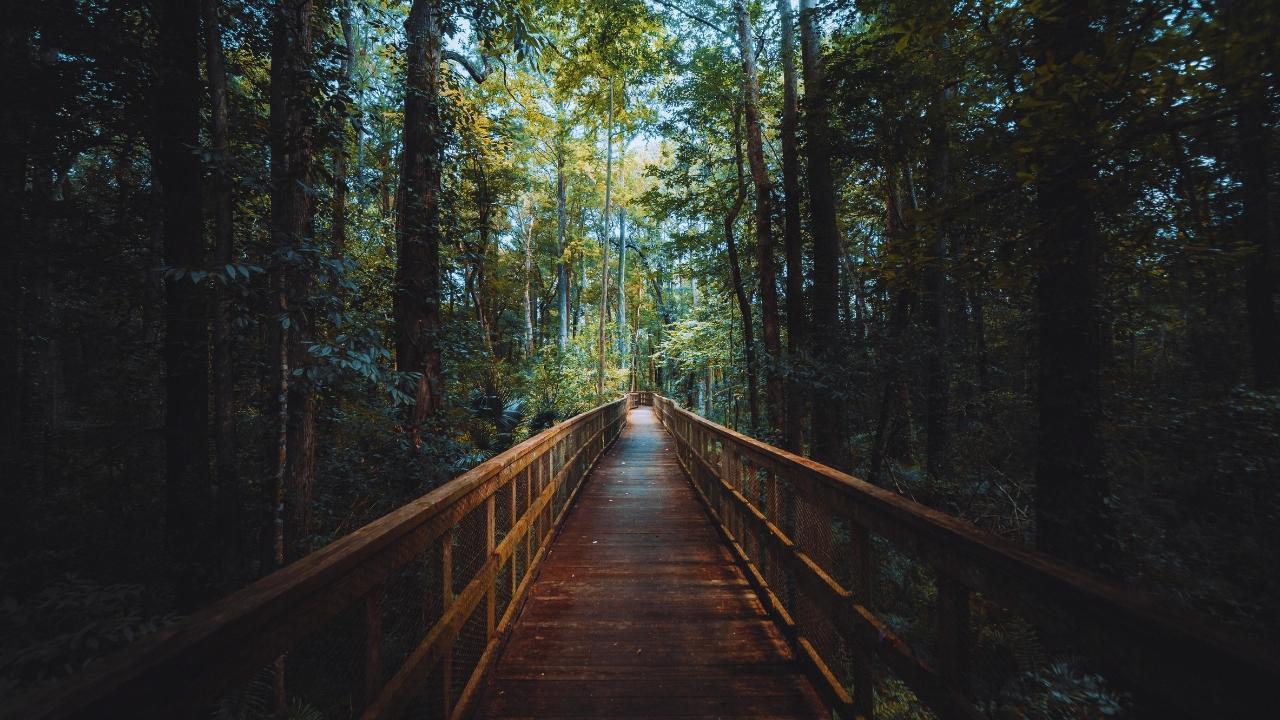
Post by : Anis Farhan
In today’s always-on, hyper-connected work culture, silence is becoming a rare commodity—especially in Asia’s rapidly growing cities. From the buzzing tech parks of Bengaluru to the high-rise offices of Bangkok and Jakarta, noise is not just auditory—it’s mental, emotional, and relentless. Amidst all this, a curious trend is emerging: the rise of silent retreats.
What began as a niche concept inspired by Buddhist traditions has now evolved into a booming wellness industry, offering digital detox and mental reset to professionals burned out from constant notifications, deadlines, and meetings. These retreats aren’t luxurious getaways. They are quiet, often spartan spaces where talking is banned, phones are surrendered, and silence becomes the therapy.
But what’s driving this movement—and why is it becoming particularly popular across Asia?
According to recent health data, cities in Asia are now seeing alarming levels of workplace stress. In Singapore, 61% of working adults reported high levels of burnout, while urban workers in India and South Korea face increasing mental health challenges due to long hours and unrealistic performance expectations.
Unlike traditional vacations, which can often feel rushed or over-scheduled, silent retreats offer the exact opposite: stillness, time, and space. For professionals constantly wired into fast-paced environments, this drastic pause can feel like a mental reset—one that they didn’t even know they needed.
The popularity of silent retreats reflects a growing realization that burnout isn’t cured by just sleeping in on weekends or taking a beach holiday. People are now looking for deeper forms of restorative experiences, where the healing comes not from activity—but from intentional inaction.
At a typical silent retreat—sometimes known as a Vipassana retreat or mindfulness immersion—participants go through structured days that begin at dawn and end at dusk. The routine includes guided meditation, silent meals, walking meditation, simple chores, and long stretches of solitary reflection.
The rules are strict:
No talking
No phones, laptops, or devices
No reading or writing
No physical contact with others
No distractions from the self
While this may sound intimidating at first, many participants describe the experience as “profoundly grounding.” The first two days are usually the hardest. But somewhere between the silence and simplicity, the mind slows down, and internal clutter begins to clear.
Interestingly, the demographic of silent retreat participants is shifting. Previously, such retreats attracted older spiritual seekers or those with a background in Buddhism or meditation. Now, the new wave includes:
Young tech professionals from cities like Ho Chi Minh, Manila, and Kuala Lumpur
Startup founders from Jakarta and Bengaluru
Digital marketers, doctors, lawyers, and even government employees
What draws them is often not spirituality, but a search for mental clarity and emotional detox. For many, these retreats become a chance to disconnect from performance metrics, roles, and responsibilities—and just exist without expectation.
In places like Chiang Mai, Ubud, and Sri Lanka’s central highlands, silent retreat centers have seen bookings double post-COVID, as professionals return to work only to find their anxiety levels skyrocketing again.
In a world dominated by noise—social media chatter, breaking news alerts, endless work emails—silence can feel like a confrontation. But it’s also liberating.
Psychologists say that intentional silence helps activate the parasympathetic nervous system, reducing cortisol levels and allowing the brain to repair itself. It also encourages introspection, creativity, and presence. No wonder then, that silence is becoming not just a retreat feature, but a wellness tool.
What was once considered passive or even boring is now embraced as revolutionary. For the overworked urbanite, silence is no longer a void—it’s a sanctuary.
While the current wave of silent retreats may look like a modern wellness trend, it’s deeply rooted in Asia’s ancient spiritual and philosophical traditions.
Buddhist monasteries across Thailand, Myanmar, and Sri Lanka have long offered periods of noble silence as part of monastic discipline. The goal was always inward reflection—achieving insight through silence rather than speech.
Today, many modern silent retreats borrow from these frameworks but adapt them for secular or non-religious participants. The focus shifts from enlightenment to emotional recalibration, making these experiences more accessible to first-timers who simply seek peace.
One of the biggest attractions of silent retreats is the opportunity for complete digital disconnection. Phones, laptops, watches—even Fitbits—are often surrendered on arrival. This break from screens, though initially jarring, becomes a key feature of the healing process.
For digital workers, especially those in creative and analytical roles, the absence of screen time leads to deeper attention spans, improved focus, and often surprising bursts of clarity.
In many testimonials, participants say they returned from silent retreats with better sleep, clearer priorities, and even ideas that had been previously stuck due to mental clutter.
The growing interest in silence has led to a surge in commercial silent retreat centers across Asia. While traditional monasteries offer free or donation-based stays, new-age centers in places like Bali, Bhutan, and Kerala now provide structured, paid programs that blend silence with yoga, nature therapy, and organic meals.
Some luxury wellness resorts have even begun offering “partial silence” programs, where guests can choose between full silence and designated communication hours. This hybrid model appeals to busy professionals looking to try the experience without fully committing to isolation.
However, critics argue that this commercialization risks watering down the essence of silent retreats, turning a profound experience into another Instagram-worthy “wellness product.”
The question most people ask after returning from a silent retreat is: Can I sustain this calm in real life?
The truth is, the benefits often fade unless supported by ongoing habits—daily meditation, journaling, time-off from screens, or periodic mindfulness check-ins. But for many, the retreat serves as a reset button—a place to remember what it feels like to simply be.
In workplaces across Southeast Asia, companies are slowly beginning to acknowledge this. A few forward-thinking startups in Singapore and Thailand now offer “mindfulness leave” or reimburse silent retreats as part of employee wellness budgets.
In an age where productivity is worshipped and busyness is worn as a badge of honor, choosing silence is a form of rebellion. It’s a way of saying no to noise, expectation, and constant performance. And in Asia—where social pressure, filial duties, and ambition often intertwine—silent retreats offer something rare: a moment to return to the self.
As more individuals across the continent discover the quiet power of doing nothing, silence may just become Asia’s loudest wellness trend yet.
This article is intended for informational purposes only. Readers should consult wellness professionals before participating in any intensive retreat or mental health practice.






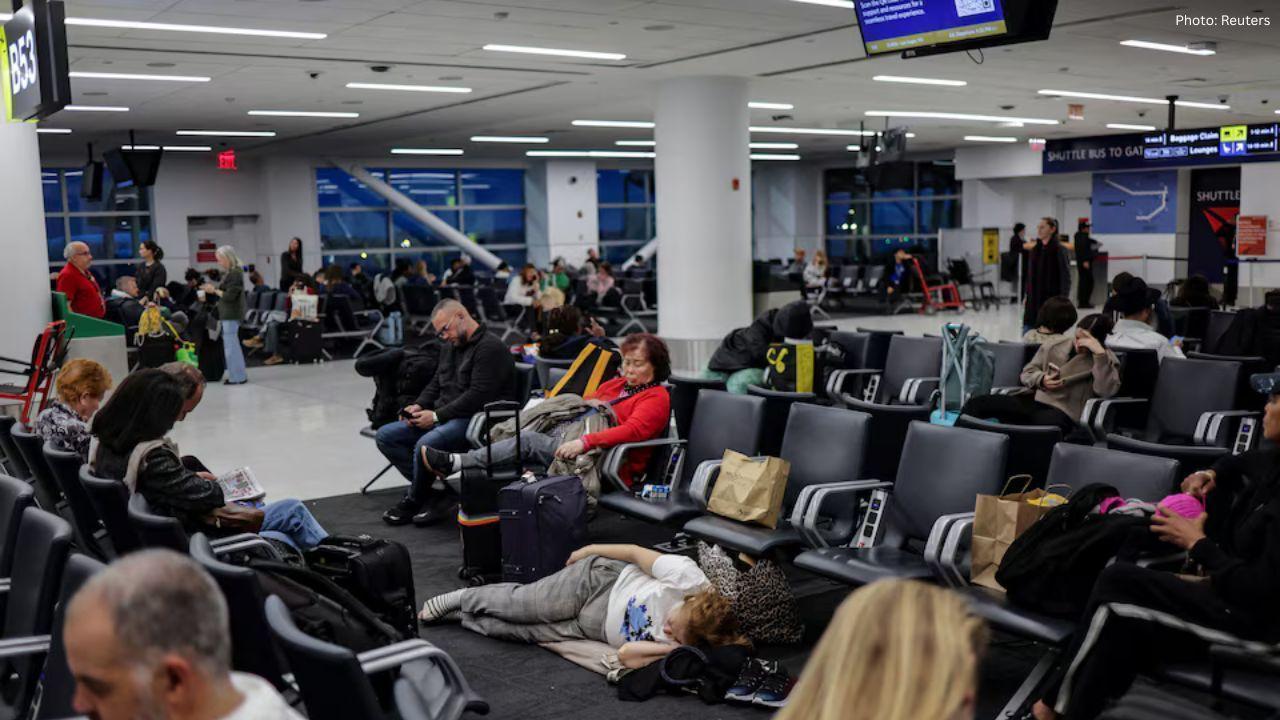
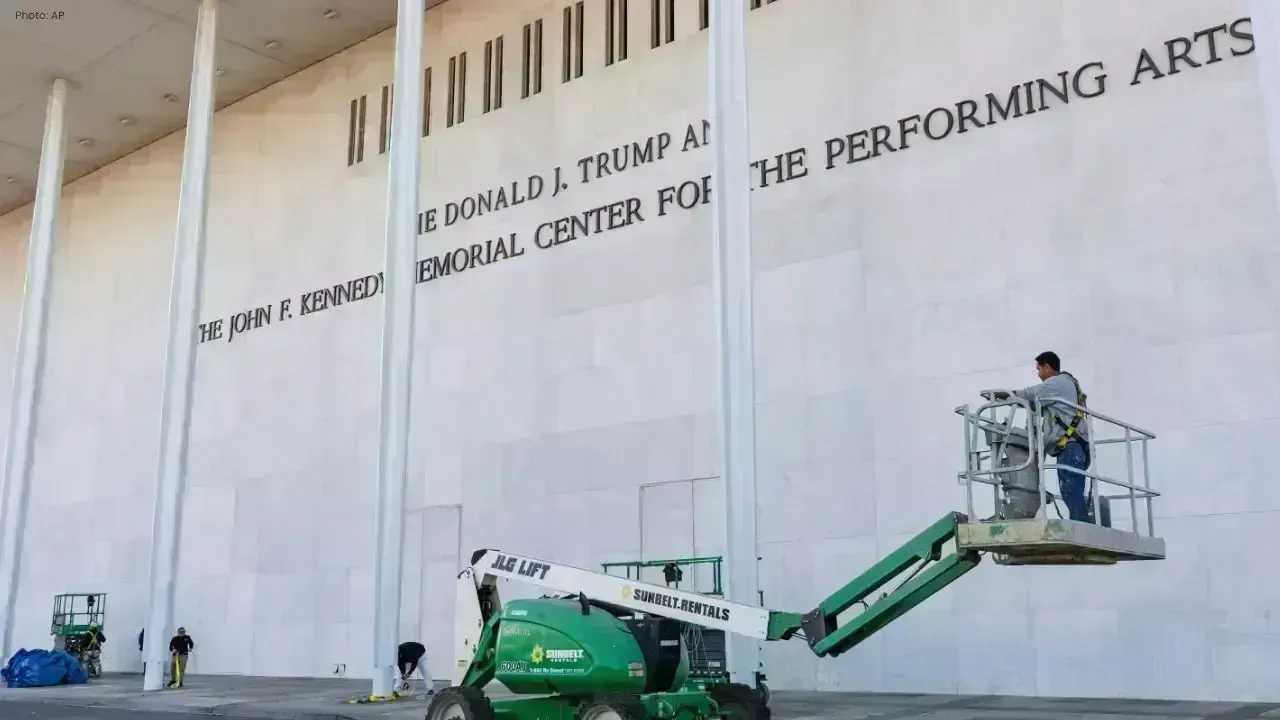
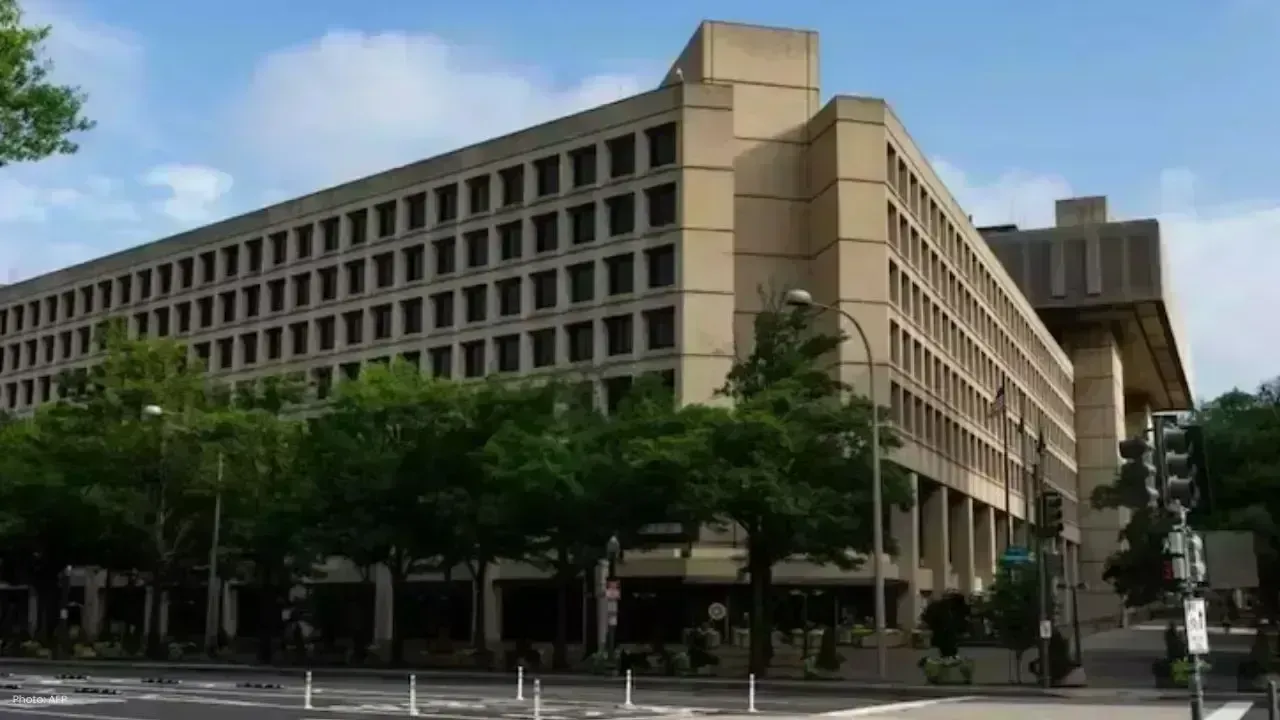

Akshaye Khanna exits Drishyam 3; Jaideep Ahlawat steps in fast
Producer confirms Jaideep Ahlawat replaces Akshaye Khanna in Drishyam 3 after actor’s sudden exit ov

Kapil Sharma’s Kis Kisko Pyaar Karoon 2 to Re-release in January 2026
After limited screens affected its run, Kapil Sharma’s comedy film Kis Kisko Pyaar Karoon 2 will ret

Hrithik Roshan and Saba Azad Celebrate Christmas at Family Party
Hrithik Roshan and Saba Azad celebrated Christmas at Sussanne Khan’s party, sharing happy moments wi

China Sanctions 20 US Defense Firms Over Taiwan Arms Sales Dispute
China imposes sanctions on 20 US defense companies and 10 executives for supplying arms to Taiwan, e
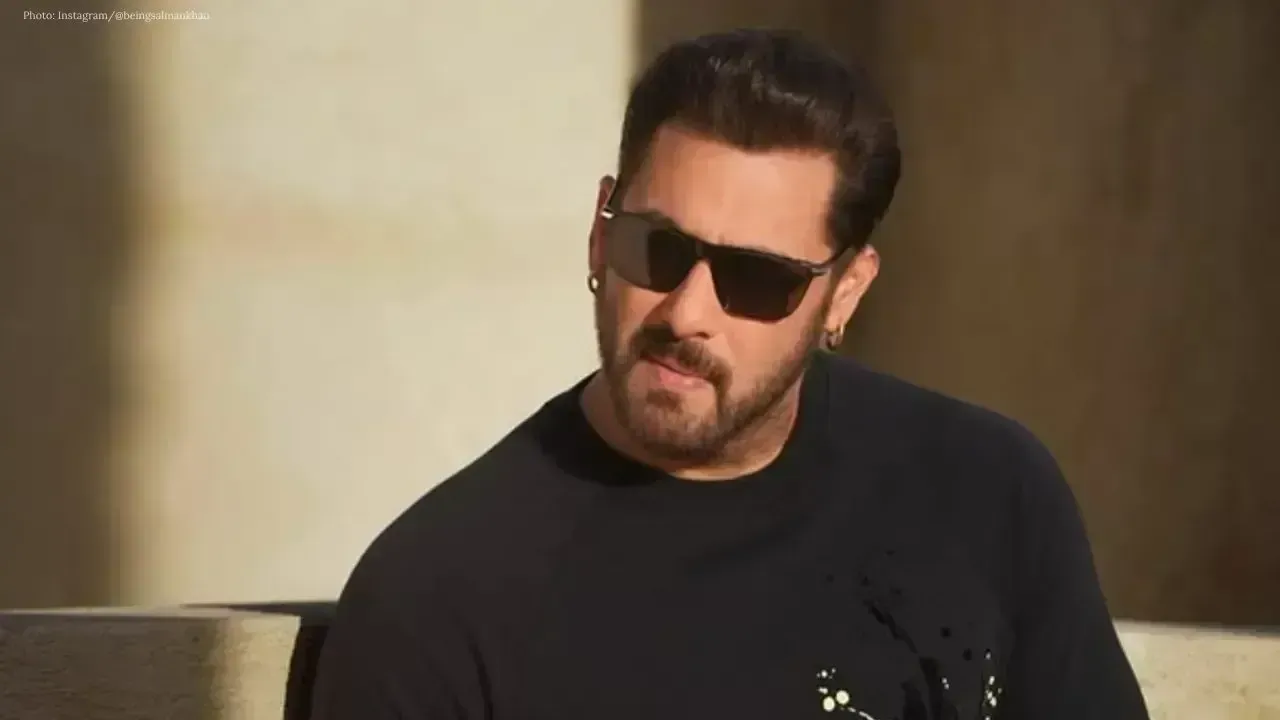
Salman Khan’s Grand 60th Birthday Bash at Panvel Farmhouse Shines Bright
Salman Khan celebrates his 60th birthday with a grand party at Panvel farmhouse, sharing joyful mome

Thailand Defence Minister Joins Talks to End Deadly Border Clash
Thailand’s defence chief will join talks with Cambodia as border clashes stretch into a third week,